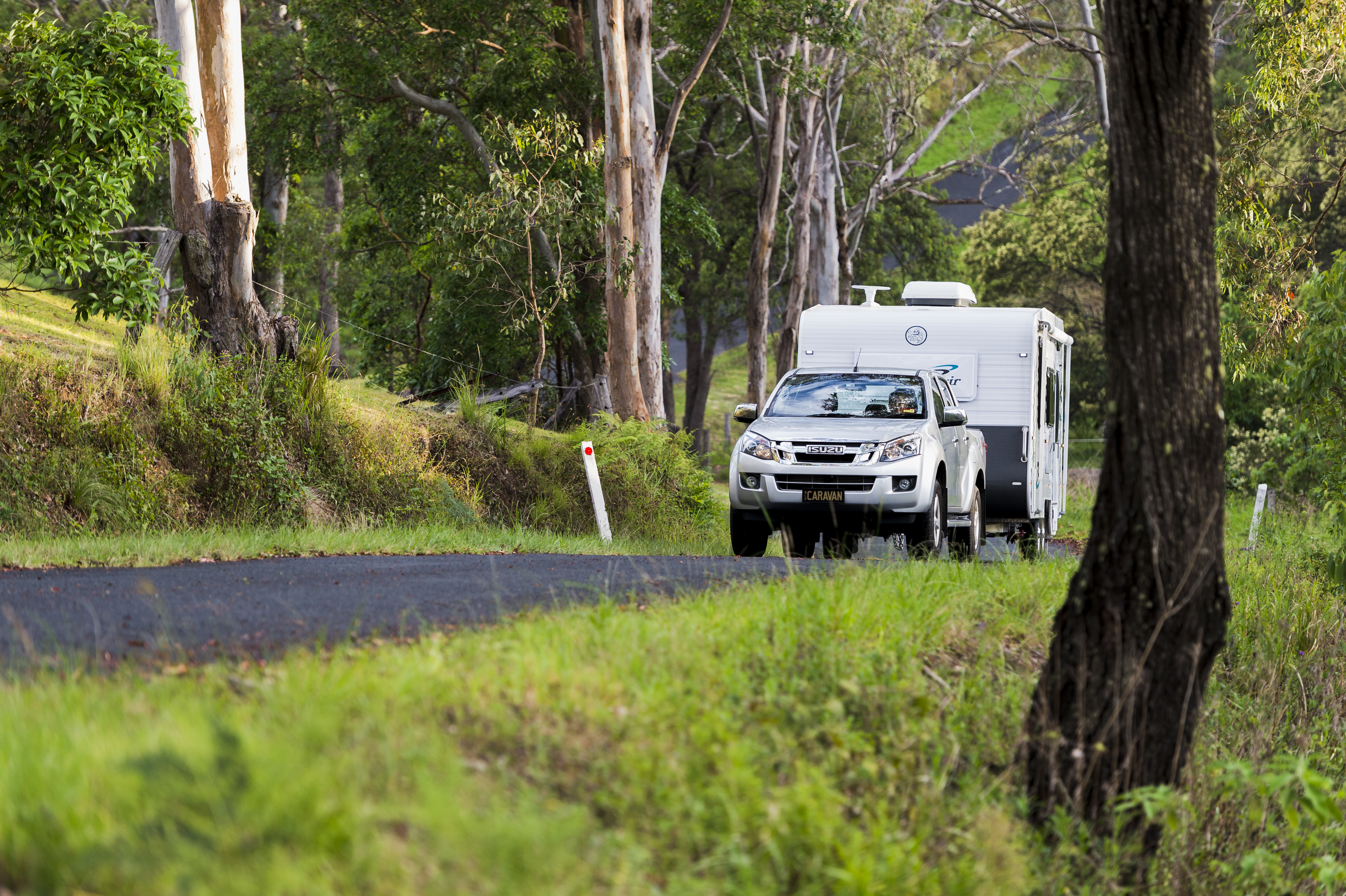Road trains are impressive to see but they certainly should be taken caution around. Road trains have limited manoeuvrability and have a demanding schedule to adhere to, so to ensure any near misses never turn into devastating collisions it’s imperative to understand how they work. Road trains can weigh up to 146 tonnes and can even get to lengths of 53.5 meters. They tend to travel in convoys and when they are travelling at speeds of up to 100km/h it’s needless to say they pose a huge danger to those on the road who aren’t used to driving with them.
These heavy vehicles command so much respect out on the open roads in the outback. Driving a road train is not the same as driving a regular vehicle. They are so big that simply slowing down poses a huge risk for you and for the driver. It’s also important to understand that for a road train to get up to the speeds they need to travel at, they need a run up of about 15 kilometres of road. Slowing down for anything or anyone really is a nuisance for them.
Road trains are able to travel this way out in the outback and other remote areas of Australia because there is often so little traffic. However with more tourists and caravanning enthusiasts hitting the red dirt road it’s vital to understand and be prepared to encounter them on your journey.
With outback communities relying so much on the services of road trains bringing in supplies they are considered an economic lifeline to rural living. This is another reason to ensure as tourists you are doing your best to respect their presence on the road.
We thought it would be helpful if we put together a bit of a list of tips to keep in mind for when you’re travelling through regions where you’re likely to encounter a road train (or a convoy of road trains) both for your safety and the road trains efficiency:
- Keep left unless overtaking – give yourself and oncoming traffic as much space as possible and the opportunity to overtake you
- Keep a safe distance apart – reduce your chances of going up the back of a fellow motorist by avoiding tailgating the vehicle in front. If you are too close you may not be able to stop in time and the other driver may not see you properly.
- Check your caravan or RV– making sure your vehicle is ready to travel each and every time you hit the road is essential. Ensure you have kitted out suitable mirrors so you can see all parts of your vehicle at all times and that your brake and indicator lights work.
- Give trucks and road trains more space – Did you know trucks are legally allowed to use two lanes when turning? Giving them the extra space they need at an intersection will give you more piece of mind as they turn or if they are stopping. You’d rather be safe than sorry.
- Don’t weave or cut in – when trucks are slowing down this is not your opportunity to weave in front of them. They need all the extra space they can get to ensure they can come to a complete stop in time.
- Use your indicators – don’t leave other vehicles guessing your intentions. Make sure other motorists know what you’re about to do, whether you're turning, changing lanes or overtaking them. Don’t leave other drivers predicting your next move.
- Always have a high level cover of Road Side Assistance. Also ensure it’s available in any state or territory and has you and your caravan covered if towing is required.
A lot of these tips are general driving tips and aren’t just for when you’re out in the outback. Sometimes you do need a refresher and that’s all it can take to ensure you’re not caught up calling your insurance company on the side of an abandoned dirt road -if you’re that lucky. Just remember, trucks power Australia and when you’re cruising around do what you can to share the road with the truck drivers and show as much driving etiquette as you can. There are more resources here put together by the Queensland Government if you’d like to learn more about safe travelling distances behind heavy vehicles.
DISCLAIMER* Please note, this advice is general in nature and we strongly recommend consulting the product manual and where relevant, a professional installer.







